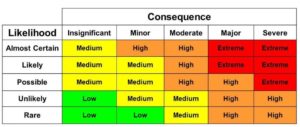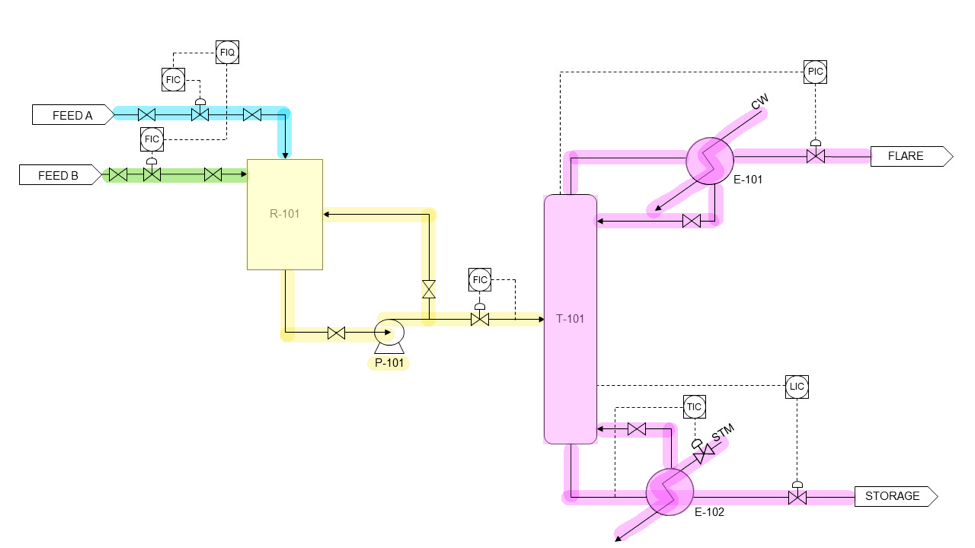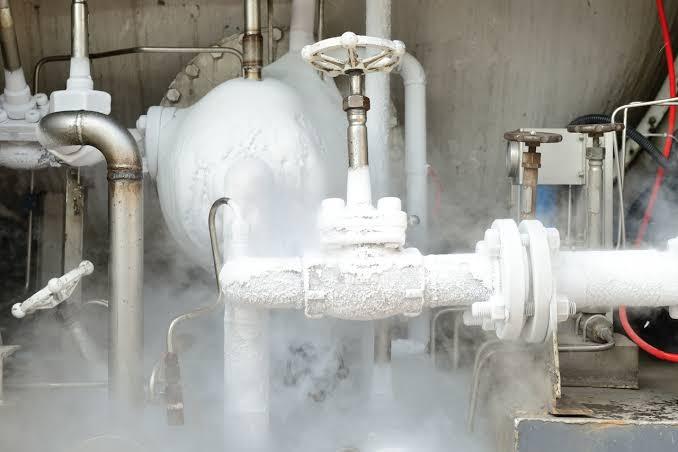Chemical Process Engineer must understand how important is to have a safety culture.
Hazard and Operability (HAZOP) is one of the most used qualitative methods related to process hazard analysis. Its main objective is to identify the causes of deviations from the design function, determine all major hazards and operability problem associated with deviations, decide whether an action is required to control the hazard or operability problem and ensure that the action items are implemented and documented.
HAZOP is a formal, systematic, logical, and structured investigative study for examining potential deviations of operations from design conditions that could create process–operating problems and hazards. (Vincoli, 2006)
In a meeting, the HAZOP leader manages the participants in order to extract from them their experience about process design and plant operation in a way that they can identify hazards and propose and address mitigations according to the risk matrix. It is very important to have experienced and concise people, as well as, clear info and documentation. Better the documentation and good understanding of the process and project interface/scope, more effective will be the HAZOP meeting.
The HAZOP methodology consists of splitting the P&ID into subsystems (known as NODES), and evaluate process deviation on that NODE related to a process variable per time (guidewords).
Guidewords can include pressure, flow, level, temperature, power etc. Deviation, on the other hand, is an abnormality that can deviate process from its normal operation.
For instance, knowing which the operating pressure range in a node is, the team can evaluate if any hazard happens if pressure is HIGH than normal operation.
That hazard is classified according to its likelihood and consequences and the risk matrix guides the team for the necessity for applying an action (safeguards) to prevent or mitigate the risk. Risk = severity (consequences) x likelihood (frequency)

It is interesting to note that it is an iterative process. First, the team evaluates the process without considering the existing safeguards. I mean, the P&ID used in the HAZOP should already have its safety devices, control system alarms and shutdown procedures, but the system is evaluated without them. The second step is to evaluate if the safeguard already considered reduces the risk to acceptable. If not, a set of new safeguards needs to be added to the process.
You can learn more about chemical process engineering and plant design subscribing to my social media at www.jefersoncosta.com.



